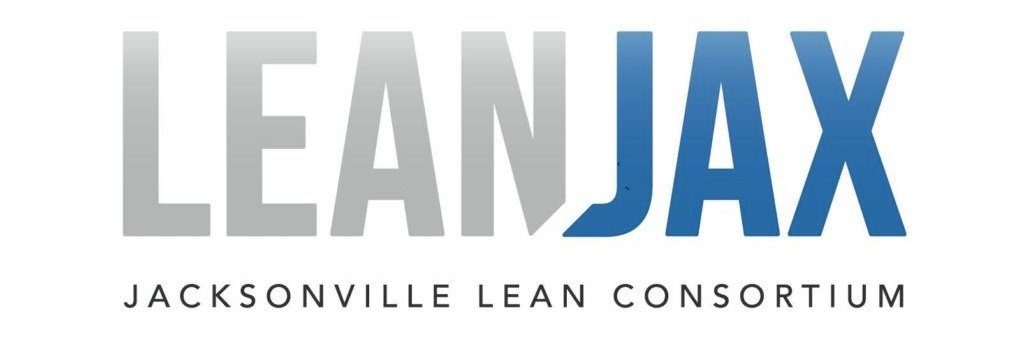The Dangers of Failing to Mistake Proof your Process
I recently rewatched this episode of The Office and Creed’s failure to properly mistake proof his process causes problems throughout Dunder-Mifflin. Poor, Debbie Brown!
“I’m supposed to spend 4 hours a week doing a quality check at the paper mill and of course the ONE YEAR I blow it off, this happens.”
-Creed Bratton
Hopefully this serves as a much needed wake up call. Customers are disgusted! Dunder-Mifflin will most likely want to consider a way to prevent obscene watermarks from reaching their customers in the future. Fortunately, there are ways for the company to rectify this.
What is Mistake Proofing?
Mistake Proofing is a proactive approach to detecting or preventing defects by designing and implementing creative devices and procedures. You might know it by the the Japanese term Poka Yoke, which translates in English to “avoids mistakes.”
Mistake Proofing is the first step in involving front-line workers in problem solving activities. Many of the most creative, low-cost ideas come from the people who do the work.
Mistake Proofing Benefits
Eases burden on operators: Errors caught early prevent downstream headaches.
Provides immediate feedback & compels action.
2. Reduced costs
Improves safety, quality, cost & lead time.
•2. Often low cost.
Six Mistake Proofing Principles
Elimination represents the most effective way to mistake proof a proc that the task or part is no longer necessary.
Removing unnecessary process steps.
Removing potential safety hazards.
Designing a product that eliminates opportunities for error.
Depending on the situation, it may also make sense to equip machines with more high-tech gadgets, such as RFID tags and electronic sensors. These devices are beneficial ways to eliminate the need for workers to inspect every piece. For administrative and transactional processes, smart software applications can serve the same purpose.
2. Replacement substitutes a complex, error-prone process with a simpler, more effective one. Examples include:
Welding robots.
Automated data entry.
Automatic card shufflers.
3. Prevention modifies the product or process so that it is impossible to pass defects downstream. Examples include:
Car won’t start unless driver’s foot is on the brake.
Dryer won’t start until the door is closed.
Physical barriers (locks)
Limit switches to assure that a part is correctly placed or fixtured before the process is performed.
Part features that only allow assembly the correct way. For example, unique connectors that prevents misconnecting wire harnesses or cables.
Part symmetry that avoids incorrect insertion.
There are many low-cost mistake proofing options that This includes right sizing all work areas and containers, installing guide pins so parts fit correctly, setting up shadow boards for tools, leveraging counters to ensure each necessary step is performed
4. Facilitation consists of using mistake proofing techniques and combining steps to make a process step easier to perform or less error prone. Examples include:
Visual controls like color-coding.
Marking or labeling parts to facilitate correct assembly.
Checklists that list all tasks that need to be performed.
Exaggerated asymmetry to facilitate the correct orientation of parts.
Job tickets.
5. Detection involves identifying a mistake before further processing occurs so that the operator can quickly correct the defect at its’ source. Examples include:
Sensors in the production process to identify when parts are incorrectly assembled.
Scales to measure and control the weight of a package.
Metal detectors.
Spell check.
6. Mitigation is the weakest of the six principles, as it seeks to minimize the effects of the mistake after it occurred. Examples include:
Ceiling sprinklers.
Airbags.
Fuses to prevent overloading circuits.
It doesn't seem like this occurred at the paper mill.
Mistake Proofing Steps
Define problem/defect
Identify Root Cause
Brainstorm best type, action, and method to use
Test the device, train workers & implement
Monitor its’ effectiveness.
continuously improve
The impact was magnified since the quality assurance manager blew off his duties. While Creed failed to do his job, this does not account for why the mill’s workers also failed to catch the defective watermarks.
It’s not clear from the clip, but if it it walks like batch production and talks like batch production, it might just be batch production. Continuous flow is the way to go. But that’s for another post.
Prevention devices are are the strongest type of visual management devices, providing a guarantee that workers and machines always make the correct decision.
Mistakes caught early prevent downstream headaches, removing the need for workers to partake in constant fire-fighting and rework loops.
Now, I throw it back to you. What are some ways you can mistake proof your key processes? And no, firing Debbie Brown is not a good answer.

